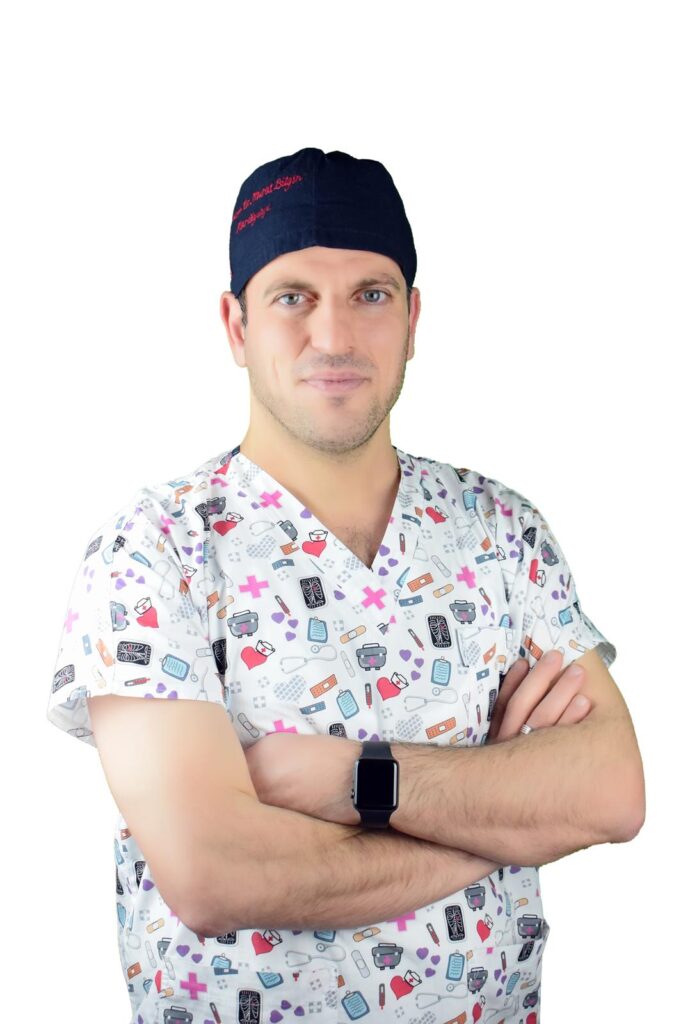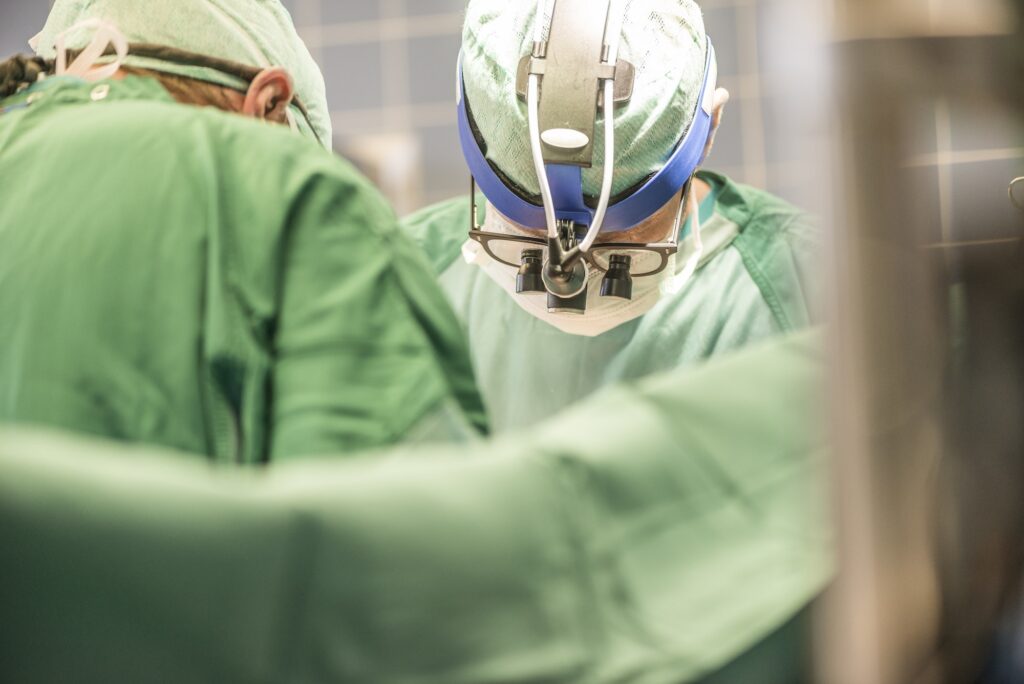Yalova Cardiology
Everything you need to know about your heart health. Your health is entrusted to us with high technology in Yalova.
treatments and servıces
Dialysis & Port Catheter Insertion
Dialysis and Port Catheter Placement: What You Need to Know
If you have kidney disease or kidney failure, your doctor may recommend dialysis as a treatment option. Dialysis is a process that filters your blood to remove waste and excess fluid from your body. To undergo dialysis, you will need a vascular access point, usually created by the insertion of a port catheter. Here we will give you an overview of dialysis and port catheter insertion, including what to expect during the procedure and how to care for your access point.
What is dialysis?
Dialysis is a treatment that replaces the function of your kidneys when they can no longer filter your blood effectively. There are two types of dialysis: hemodialysis and peritoneal dialysis.
Hemodialysis Hemodialysis is a process that uses a machine to filter your blood. During hemodialysis, your blood is pumped through a dialysis machine that removes waste and excess fluids before returning the blood to your body.
Peritoneal dialysis Peritoneal dialysis is a process that uses the lining of your abdominal cavity to filter your blood. During peritoneal dialysis, a solution is given into your abdomen through a catheter. The solution stays in your abdomen for a period of time, during which time it absorbs waste and excess fluid from your body. The solution is then drained from your abdomen and the process is repeated.
What is a port catheter?
A port catheter is a type of vascular access point used to administer dialysis treatments. A port catheter is a small device that is placed under your skin and has a catheter that extends into a large vein. The catheter is used to take blood from your body and return it to your body after it has been filtered.
What to Expect During Port Catheter Placement?
Port catheter insertion usually takes about an hour and is performed under local anesthesia.
Here is what to expect during the procedure:
- A small incision will be made in your chest and the port catheter will be placed under your skin.
- The catheter will be passed through a vein and positioned so that its tip is in a large vein near your heart.
- The incision will be closed with sutures or surgical glue.
- You will be given instructions on how to care for the insertion site and how to use your port catheter for dialysis.
Caring for your port catheter
Once your port catheter has been inserted, it is important to properly care for the insertion site to prevent infection and to keep your port catheter working properly.
Here are some tips for caring for your port catheter:
- Keep the insertion site clean and dry. Clean the area with soap and water and dry thoroughly.
- Avoid wearing tight clothing or jewelry that may rub against the insertion site.
- Use an antibacterial ointment on the insertion site as directed by your doctor.
- Do not immerse the insertion site in water, such as when swimming or bathing.
- Follow your doctor’s instructions for washing and using your port catheter for dialysis.
- Keep track of changes in the appearance or function of your port catheter and tell your doctor if you notice any problems.
Conclusion
Dialysis and port catheterization can be life-saving procedures for patients with kidney disease or kidney failure. If you are considering these procedures, it is important to discuss the risks and benefits with your doctor to determine the best course of treatment for your individual needs and health condition. With proper care and monitoring, many patients on dialysis and port catheters can lead healthy and active lives.



Girişimsel İşlemler
Yapılan Test ve Kullanılan Cihazlar
Aort Damarı Genişlemeleri ve Balonlaşmalarının Ameliyatsız Tedavisi (EVAR/TEVAR)
Aort Damarı Genişlemeleri ve Balonlaşmalarının Ameliyatsız Tedavisi (EVAR/TEVAR)
Endovasküler anevrizma onarımı (EVAR) veya torasik endovasküler anevrizma onarımı (TEVAR) olarak da bilinen aort damar genişlemesi ve balonlaşmasının cerrahi olmayan tedavisi, vücudun en büyük atardamarı olan aorttaki anevrizmaları tedavi etmek için kullanılabilen minimal invaziv bir prosedürdür. Anevrizmalar, bir arterin duvarları zayıfladığında ve şiştiğinde ortaya çıkar ve tedavi edilmezse potansiyel olarak yaşamı tehdit eden komplikasyonlara neden olabilir. Bu makalede prosedürü, faydalarını, risklerini ve iyileşme sürecini tartışacağız.
EVAR/TEVAR nedir?
EVAR ve TEVAR, anevrizma bölgesine bir stent grefti yerleştirmek için bir kateter veya ince bir tüp kullanan minimal invaziv prosedürlerdir. Stent grefti, zayıflamış arter duvarlarını desteklemek ve anevrizmanın daha fazla genişlemesini önlemek için tasarlanmış küçük bir ağ tüpüdür. Prosedür tipik olarak lokal anestezi altında gerçekleştirilir, yani hasta uyanıktır ancak kateter yerleştirme bölgesinin etrafındaki alan uyuşturulur.
EVAR/TEVAR’ın Faydaları:
Bir anevrizmanın geleneksel cerrahi onarımına kıyasla EVAR/TEVAR’ın aşağıdakiler de dahil olmak üzere çeşitli faydaları vardır:
Minimal invaziv: Prosedür geleneksel açık cerrahiye göre daha az invazivdir, yani tipik olarak daha az ağrı, yara izi ve daha kısa iyileşme süresi vardır.
Azaltılmış komplikasyon riski: EVAR/TEVAR, geleneksel açık cerrahiye kıyasla daha düşük komplikasyon riskine sahiptir.
Daha kısa hastanede kalış süresi: EVAR/TEVAR uygulanan hastalar tipik olarak geleneksel açık ameliyat geçirenlere göre hastanede daha az zaman geçirirler.
Riskler ve Komplikasyonlar:
Her tıbbi prosedürde olduğu gibi, EVAR/TEVAR ile ilişkili riskler ve potansiyel komplikasyonlar vardır:
- Kateter yerleştirme bölgesinde enfeksiyon
- Kateterin yerleştirildiği bölgede kanama veya morarma
- İşlem sırasında kan damarlarının veya organların hasar görmesi
- Stent greft migrasyonu veya sızıntısı gibi cihazla ilgili komplikasyonlar
- Kan pıhtıları
- İnme veya diğer nörolojik komplikasyonlar
İyileşme:
İşlemden sonra hastalar genellikle gözlem ve izleme için hastanede bir gece geçirirler. Hastalar tipik olarak birkaç gün içinde normal faaliyetlerine devam edebilir ve iyileşme süresi genellikle geleneksel açık ameliyattan daha kısadır.
Doktorunuz işlem sonrası bakım için aşağıdakileri içerebilecek özel talimatlar verecektir:
- Bir süre için fiziksel aktivitenin sınırlandırılması
- Kan pıhtılaşmasını önlemek için kan sulandırıcı gibi ilaçları reçete edildiği şekilde almak
- İlerlemenizi izlemek için doktorunuzla takip randevuları
- Doktorunuzun talimatlarını dikkatle takip etmeniz ve herhangi bir olağandışı semptom veya yan etkiyi derhal bildirmeniz önemlidir.
Sonuç
EVAR/TEVAR yoluyla aort damarı genişlemesi ve balonlaşmasının cerrahi olmayan tedavisi, belirli anevrizma türleri için etkili bir tedavi seçeneği olabilen minimal invaziv bir prosedürdür. Bir kateterin bir kan damarına yerleştirilmesini ve bir stent greftinin anevrizma bölgesine yönlendirilmesini içerir. Prosedür nispeten düşük bir komplikasyon riskine sahiptir ve tipik olarak sadece kısa bir iyileşme süresi gerektirir. Bu prosedürü düşünüyorsanız, seçenekleriniz ve sizin için doğru seçim olup olmadığı hakkında doktorunuzla konuşmanız önemlidir. Doktorunuz prosedürün potansiyel faydalarını ve risklerini anlamanıza yardımcı olabilir ve prosedüre hazırlanma ve sonrasında iyileşme konusunda rehberlik sağlayabilir.

